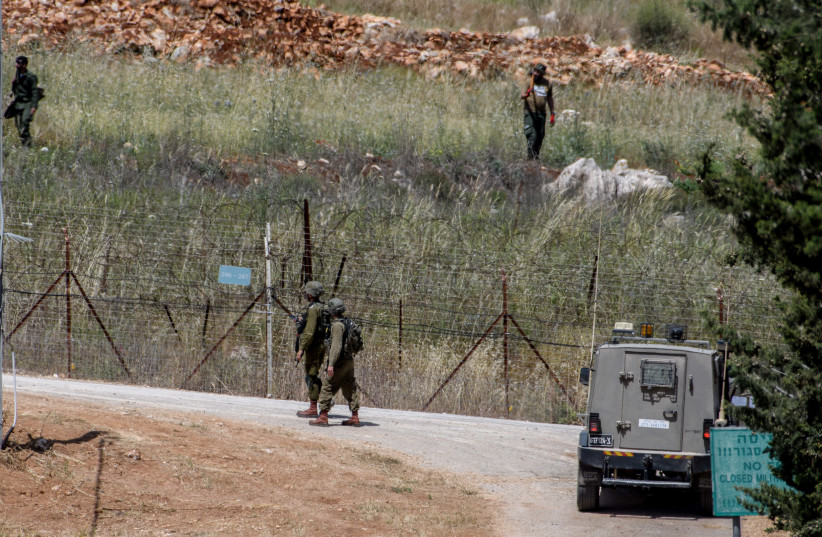In recent months there have been several serious incidents at Israel’s borders. Israel has two borders that are considered peace borders; the ones with Egypt and Jordan. It has two borders with countries which Israel does not have a peace deal; Lebanon and Syria. Lebanon and Syria both are influenced by Iranian proxies, meaning they contain threats to Israel. It is worth considering whether Israel’s adversaries are trying to exploit this situation to create a number of small threats that add up to a larger threat.
The incident on the Egyptian border last week included an attack by what would usually be seen as a lone wolf – a man who was self-radicalized apparently, or made a decision to carry out an attack. However this was a serious incident in which three soldiers were killed. Time will tell regarding the investigation of the incident and what ramifications it has. What matters for our purposes is understanding how it may be perceived.
An article at the pro-Iranian Al-Mayadeen characterized the recent incident on the Egyptian border as an example of how Israel will not find peace in the region. The article compares this to the book The End of History by Francis Fukuyama. “Just as Fukuyama’s theory [was wrong], history did not end and the United States and its allies did not write the last line of it, in light of the decline of American hegemony, the rise of China and other international and regional powers, and the emergence of new alliances aspiring to break American monopoly… Here, the idea of an end to the conflict has become a dream of the past for ‘Israel,’ which has been replaced by nightmares of the present and fears of the future, and the repercussions of the conflict do not leave the enemy day and night, just as its military maneuvers do not leave the skies of Palestine.”
This lengthy explanation basically asserts that even if Israel appears to be normalizing and finding new peace partners in the Gulf and elsewhere, it will continue to face small attacks. The point is that Iran and its allies and proxies have an agenda and want to create more conditions for these types of incidents. They want to percolate the low-level “lone wolf” phenomenon. This enables them to not have to work towards a complex terror infrastructure but hope rather than individuals will spread chaos.
Several iterations of chaos and threat
This kind of chaos and threat can take many forms. It could take the form of the infiltration in March in which a man traveled from Lebanon into Israel illegally and placed an explosive device near the Megiddo junction. It can also involve the smuggling of arms into Israel, as has been the case in Jordan. It could also be tied to drug smuggling. Syria’s regime works with Iran-backed militias to spread illicit drugs, usually Captagon, around the region. The nexus of terror groups and drug smuggling is well known from other cases in other countries, such as South America; and there is reason to consider that there is a threat between organized gangs and terror groups.

What this means is that Iran may be considering a shift to encouraging more random attacks. This would go along with a long-term view that Iran takes of the region and the use of “small wars” to destabilize enemies and weaken them. Iran has already hollowed out Iraq, Syria, and Lebanon. It has spread chaos and helped its militias benefit through this chaos. The Iranian-backed groups that conclude from recent incidents that they are on the right side of history may be encouraging more threats. This is important because if Iran views this as a historical cycle, then Tehran will bide its time. That could mean that a larger conflict can wait.
The recent incidents near Mount Dov and other tensions involving Lebanon are another example of where pro-Iranian groups such as Hezbollah may think they benefit from low-level tensions. This means that all these incidents may not be related, but that Tehran may wish to try to unify the incidents. Iran calls this the “unity” of the fronts, meaning it seeks to create multi-front threats against Israel. There is also a feedback loop. Iran may interpret a number of small incidents as being related and seek to benefit from them, without realizing that the incidents are not linked to Iran or its proxies and that they are not evidence of Israel’s security failures.
